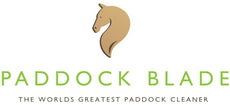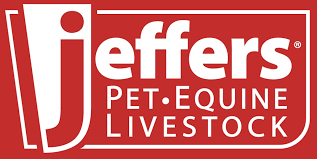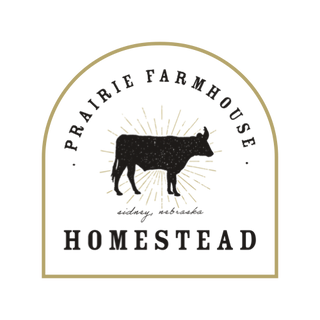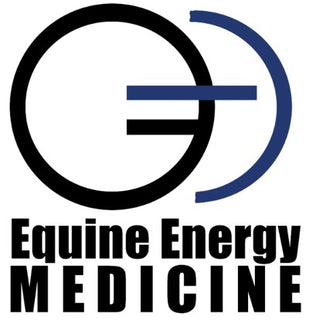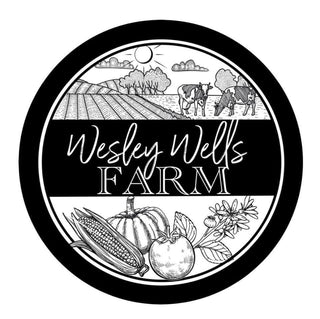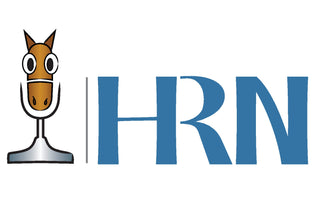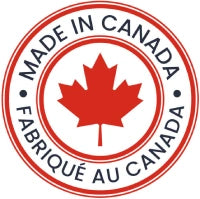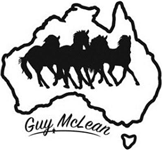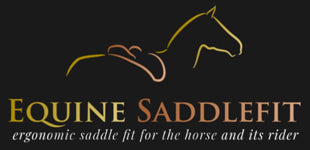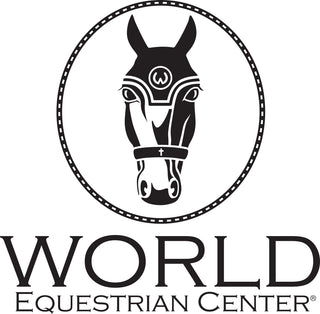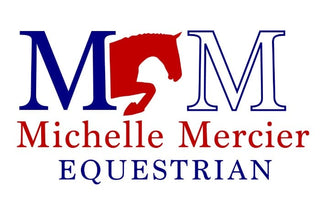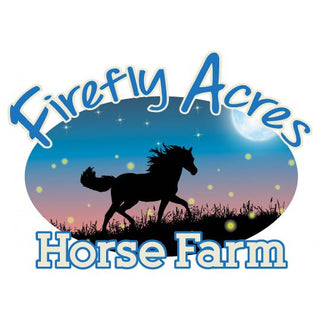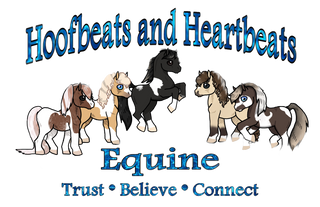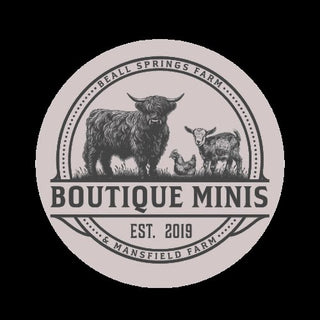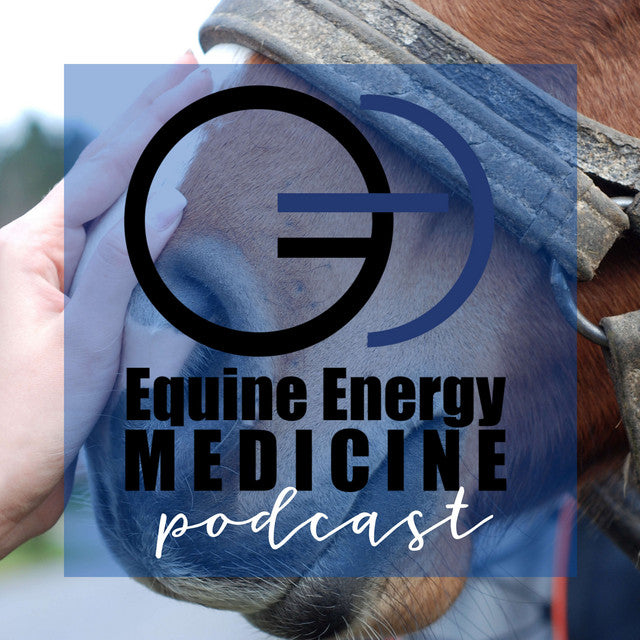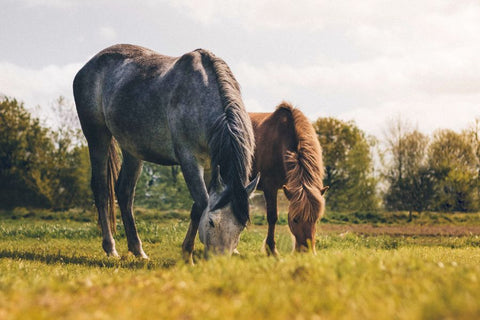
If you're here, you probably already know that owning and caring for horses is rewarding but labor-intensive, with an emphasis on the labor-intensive. The number of components that go into stable management might make your head spin, and this article discusses two crucial aspects in which every horse owner should be well-versed: pasture harrowing vs. horse manure removal.
Come with us as we explore the differences between these two tasks, exploring how to complete each process and discussing which one is easier for owners and better for horses. Of course, we'll touch on a game-changer in the world of eliminating pasture piles.
Are you on the edge of your seat? Let's get to it!
Harrowing: How Effective is It?
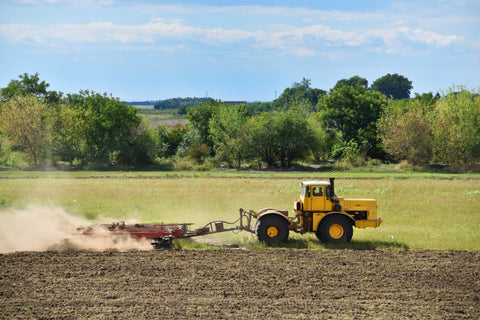
Harrowing can be a vital step in maintaining healthy pastures and paddocks. This process involves dragging a plow, a piece of farm equipment with sturdy tines or blades, across the ground to break up compacted soil, disperse manure piles, and evenly distribute organic matter.
If harrowing is your thing, we get it, as it boasts several benefits.
Benefits of Pasture Harrowing
Aeration
Pasture harrowing aerates the soil, improving its structure and promoting healthy grass growth. It allows for better water infiltration and reduces runoff.
Manure Dispersal
Spreading the utterly shocking amount of manure your herd is able to produce in a week breaks up manure piles, distributing nutrients more evenly across the pasture and reducing the risk of parasites.
Weed Control
Equine keepers know the constant, anxiety-driven struggle behind what our horses can and can't eat. Some weeds are highly toxic and, without proper identification, could be a potential disaster.
Complete weed removal isn't always possible, but by disturbing the surface and exposing weed seeds to sunlight, harrowing can help control weed growth. Also, downloading a plant identification app to your smartphone will give you the ultimate gift: peace of mind.
Improved Grazing
A well-harrowed pasture offers horses a more comfortable and nutrient-rich environment to graze in. You'll need a harrow implement that can be attached to a tractor or ATV to get the job done effectively.
The process is straightforward. All you really have to do is drive the vehicle slowly across the pasture, ensuring thorough coverage. The number of times you'll have to repeat the process depends on pasture size, horse density, and weather conditions. For some barn owners and managers, it's once a week; for others, once a month.
The Downside of Paddock Harrowing

Harrowing is an essential maintenance practice if you don't need to remove manure completely from your pastures. Still, it's necessary to know its potential drawbacks and limitations. Let's take a look at a few cons.
Weather-Dependent
Harrowing is typically more effective when the ground is not too wet or dry. It needs to be just right. In extremely dry conditions, the blades may not penetrate the soil effectively, and in very wet conditions, it can potentially cause soil compaction.
Risk of Overuse
Turns out there can be too much of a good thing. Excessive harrowing, especially on already healthy pastures, can disrupt the ecosystem's natural balance.
It may damage desirable grasses and plants, allowing weeds to proliferate. As we've already established, weeds cause unneeded stress to the equine owner. You have enough to worry about.
Time-Consuming
Spreading that manure can be time-consuming, especially on farms with extensive pasture space. Driving a tractor or ATV slowly to ensure even coverage can be borderline maddening when you're in a hurry, not to mention physically demanding for many.
Limited Manure Removal
While harrowing can help break up manure piles and disperse nutrients, it doesn't remove manure from the pasture, meaning those pesky parasites and flies will still be ever-present.
Manure Removal: Let's Keep It Clean

Harrowing helps disperse manure but doesn't eliminate the need for targeted manure removal. Because of this, the Paddock Blade team advises clients to begin with complete horse manure removal.
Manure removal is just what it sounds like and involves physically collecting and disposing of manure from your horse's living area, be it stalls, paddocks, or pastures. This process has distinct advantages.
Advantages of Total Horse Manure Removal
Health and Hygiene
This is a big one, so buckle up. Horse manure removal is crucial for maintaining the health and hygiene of horses for several reasons:
Parasite Control
Accumulated manure is an ideal breeding ground for parasites, particularly internal parasites like roundworms and tapeworms. When horses graze or stand near manure piles, they are at a higher risk of ingesting parasite larvae, leading to internal infestations. Regular manure removal helps break this parasite life cycle, reducing the risk of infections.
Fly Control
PSA: Flies love poop. They are incredibly annoying to horses (and people, dogs, and cows, the list goes on) and transmit disease. Flies lay their eggs in manure, and these eggs hatch into larvae that feed on the organic matter. Removing waste promptly reduces the fly population and the likelihood of fly-borne diseases.
Foot Health
Manure accumulations can create muddy or unsanitary conditions in paddocks and stalls, leading to hoof problems. Prolonged exposure to wet or soiled ground can result in conditions like thrush (a fungal infection of the hooves) or soft tissue damage.
Clean and dry environments are essential for maintaining healthy feet. Not to mention, less flies mean less stomping. Less stomping can result in fewer thrown shoes and cracked hooves.
Respiratory Health
Dried manure particles can become airborne in dusty conditions, posing a risk to horses' respiratory health. Horses may inhale these particles, leading to respiratory issues such as chronic obstructive pulmonary disease (COPD) or heaves. Proper manure removal reduces dust and promotes better air quality in run-in sheds.
Preventing Odor and Ammonia Buildup
Accumulated manure produces strong odors and releases ammonia gas, which can be harmful when breathed in. Prolonged exposure to high ammonia levels can irritate the nose, throat, lungs, and eyes.
Regular horse manure removal helps keep ammonia levels in check, creating a more comfortable and healthier living environment.
Behavioral Benefits
Horses are likely to engage in natural behaviors like grazing, playing, and resting in clean and well-maintained areas. Dirty and cluttered paddocks or stalls may lead to stress and behavioral issues in horses.
Clean paddocks and run-in stalls are easier to maintain and provide a safer and more enjoyable environment for horse owners and caretakers. Manure removal simplifies daily tasks like feeding, grooming, and handling horses. After all, no one wants to deal with massive piles of poop when they go out to catch their horse.
You can remove your pasture poo with numerous tools, including wheelbarrows, manure forks, and specialized machinery like the Paddock Blade. This leads us to our next section...
Introducing the Paddock Blade: A Revolution in Horse Manure Removal
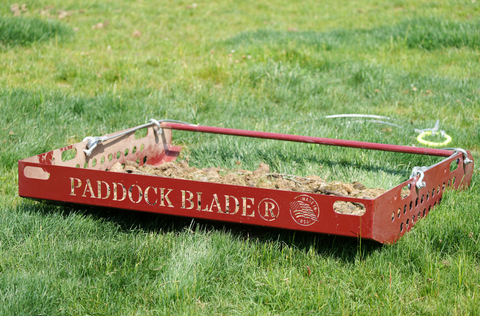
The Paddock Blade is a game-changer for horse owners who are sick and tired of dealing with endless piles of poop. Let's face it, if you own or operate a barn, poo removal is a massive part of your job description.
The Paddock Blade easily attaches to your ATV or tractor, making horse manure removal easier, faster, and more efficient. Here's why we stand out.
- Efficiency: The Paddock Blade allows you to collect manure quickly over large areas, significantly reducing the time and effort required.
- Easy Operation: It's user-friendly, even for beginners, requiring minimal training to use effectively.
- Clean and Tidy: Efficiently scoop up manure and leave your paddocks clean as a whistle, immediately improving appearance and hygiene.
- Versatility: Use your Paddock Blade in various spaces around the farm, including pastures, paddocks, and arenas.
Paddock Harrowing or Horse Manure Removal: Which is Easier on Owners?
We know you're wondering, so we'd like to answer. Harrowing and manure removal both have merits, but when it comes to ease of use and efficiency, horse manure removal with a tool like the Paddock Blade takes the cake.
Harrowing can be physically demanding and time-consuming, whereas manure removal with the Paddock Blade streamlines the process, allowing owners to spend more time with their horses and, you know, family.
Paddock Harrowing vs Manure Removal: What's Better for Horses?
Technically, both paddock harrowing and manure removal are essential for maintaining a healthy and comfortable environment for your horses. Harrowing ensures a nutrient-rich pasture, while regular horse manure removal contributes significantly to their health and hygiene.
When added together, these things have the potential to equal fewer vet bills. Regarding your horse's well-being, it's not a matter of "either/or" as both practices complement each other. However, removal is your best bet if we're talking strictly manure.
Fast & Easy Horse Manure Removal with Paddock Blade
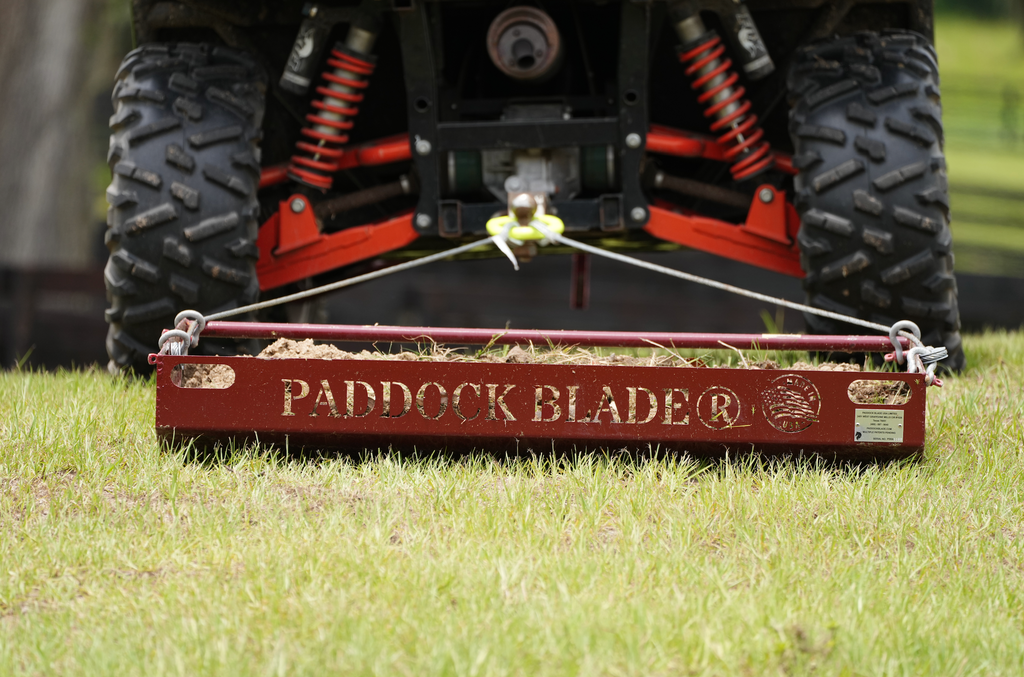
Getting rid of the poop is vital to keeping your horses healthy. The Paddock Blade, with its efficiency and ease of use, simplifies the horse manure removal process, making it a valuable tool for horse owners seeking to streamline their stable management practices.
Are you ready to provide your equine companions with the best possible living conditions, ensuring their well-being for years to come? If you answered yes, we're here to help. Let's chat more about the state of your paddocks today!
